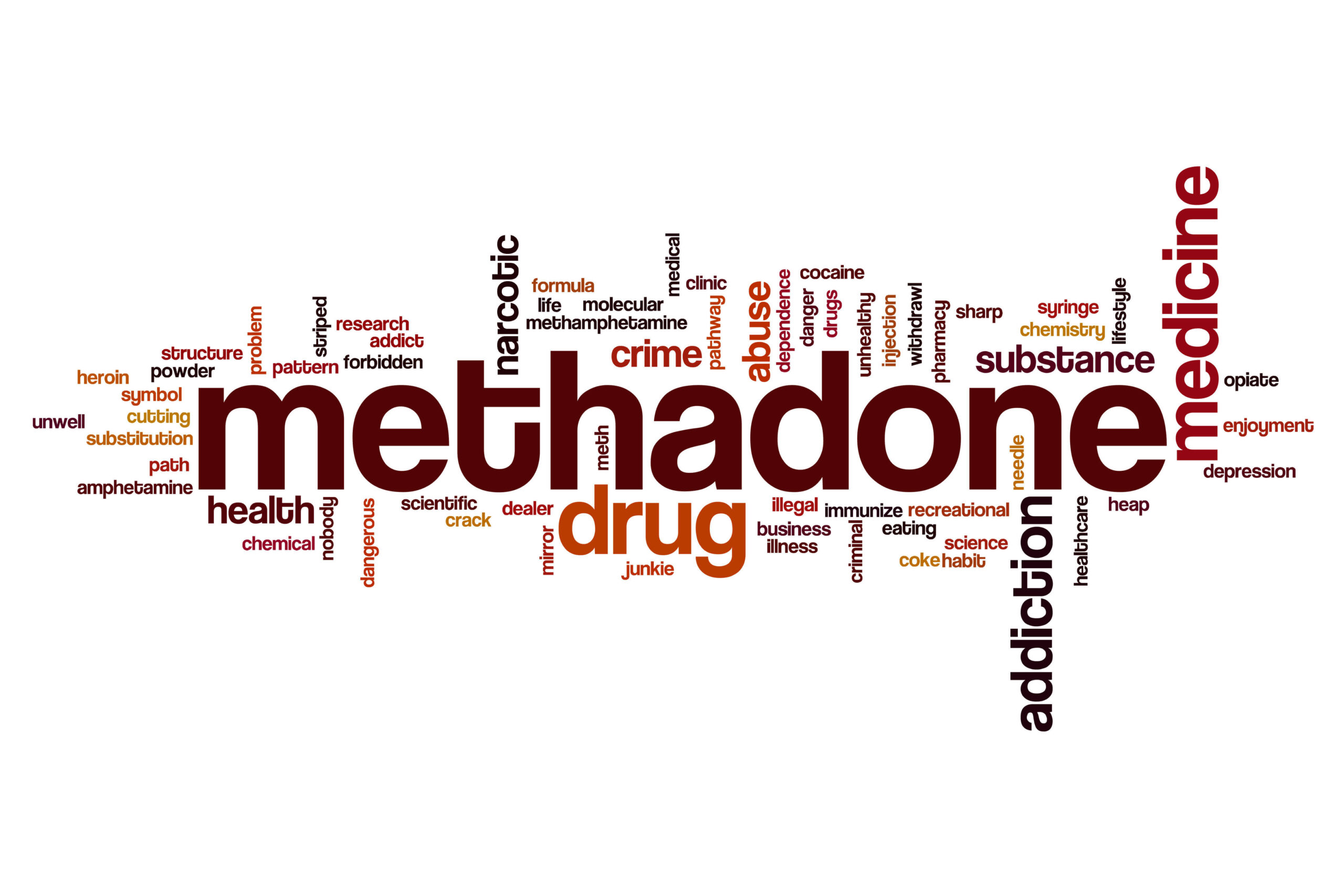Methadone Addiction: The United States has added yet another menacing substance to the ever-growing problem of drug abuse. Methadone, a medication typically used as replacement or maintenance for opiate-dependent patients, has become the substitute drug of choice for heroin and the popular painkiller turned street drug, OxyContin.
The Drug Abuse Warning Network reported that across the nation, Methadone-related incidents requiring emergency room treatment has increased 37 percent between 2000 and 2001. Florida saw an 80 percent increase in Methadone-related deaths in the same period, and North Carolina’s fatalities increased eight times from 1997 to 2001. Virginia is witnessing similar trends, and data predicts that we will soon be seeing significantly more Methadone-related abuse than OxyContin.
Like Vicodin and Lortab, the frequency in which Methadone is being prescribed for pain is also increasing. Patients who were prescribed Methadone by their physicians to treat the pain of common ailments such as chronic back pain, sports-related injuries, or migraine headaches, are now seeking treatment for a dependency on a drug that was originally intended to help them.
For many years, Methadone was not considered an addictive threat because of the length of time (several hours) between taking it and experiencing the narcotic effect. Additionally, it has a sedative, rather than stimulant, effect. As an opiate-based painkiller, Methadone can serve as an adequate stand-in for heroin or OxyContin. This can be extremely dangerous due to the delayed and subtle effect of the “high”. People can overdose because they don’t anticipate or feel the actual damage being done until it is too late.
Methadone has become more widely available in recent years, due in part to the increased number of clinics using Methadone to treat heroin and OxyContin addictions. This makes it difficult to determine whether the drug is friend or foe. Ryan Curry, a 21-year-old Maine resident, began taking OxyContin to get high with his friends several years ago. Like many people who use OxyContin recreationally and for medical purposes, his body became dependent. Ryan decided he wanted to break his dependency so he sought treatment at a local Methadone clinic. Ryan was put on a low dose of Methadone to replace the OxyContin he had been abusing. As he became tolerant of the effects of the Methadone, doctors gradually increased his dose.
Ryan continued to take the Methadone supplied to him by the clinic for two years with his prescribed dose having more than quadrupled during that time.
“I couldn’t understand why they kept increasing my dose when I was supposed to be getting the drugs out of my system,” said Ryan. “My body would grow accustomed to the dose and I would need it increased just to make it through the day. It was not helping me.”
Methadone treatment facilities traditionally service the patient on an outpatient basis, administering medication with a drive-thru mentality. A patient’s vulnerability, compounded by a lack of sufficient medical supervision and psychological support, can sometimes result in the emergence of the new dependency. More so, a doctor may have difficulty judging the proper Methadone dose for a first-time user. Additionally, patients are escalated to Methadone doses much higher than the original opiate in order to allow for 24-hour dosing. The consequence of this is that Methadone patients are much more difficult to detox.
Ryan left the clinic and was treated at the Beverly Hills-based Waismann Institute, through the Waismann Method of rapid detox. This procedure cleansed his brain’s opiate receptors of the opiates in a few hours in the intensive care unit of a hospital. He now takes a monitored dose of Naltrexone, a non-addictive, non-mood altering drug which prevents him from feeling cravings for Methadone addiction, and should he take Methadone, OxyContin, or other opiates, Naltrexone will thwart the narcotic effect.
Methadone Addiction can Cause the Very Painful Withdrawals
Experts argue that people who are prescribed Methadone for dependency on heroin or another opiate can lead normal lives and should be praised for giving up their addictions. However, these people may need to take Methadone forever, unable to function without it. Like any other dependency, quitting Methadone can cause withdrawal symptoms because the user is still dependent on opiates. Fundamentally, Methadone addiction treatment neither addresses nor reverses the core issue of dependency, and studies of former heroin dependents have shown that withdrawal from heroin was far less excruciating and lengthy than withdrawal from Methadone.
Is substituting one form of dependency for another really the way to approach this life-threatening problem?
















